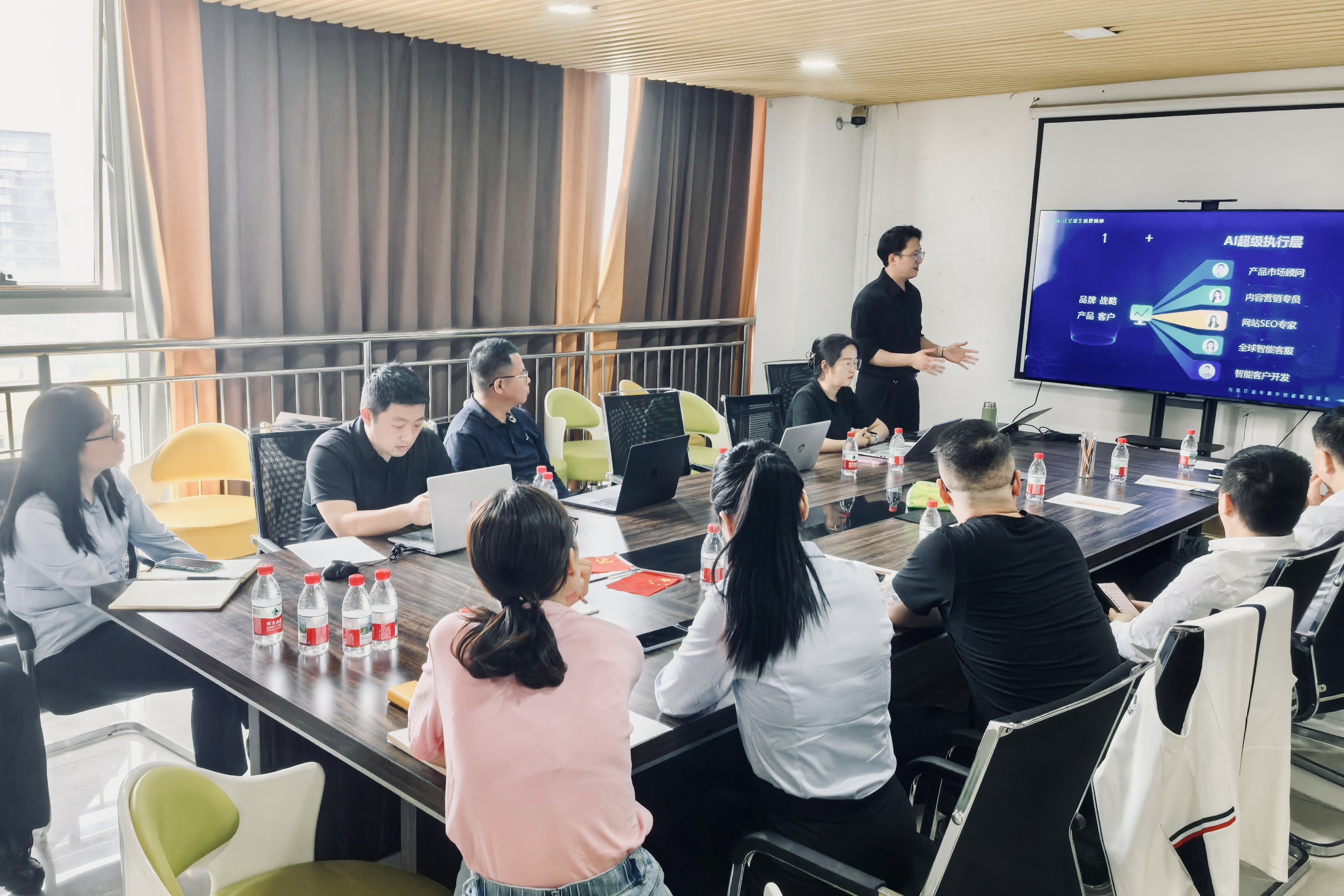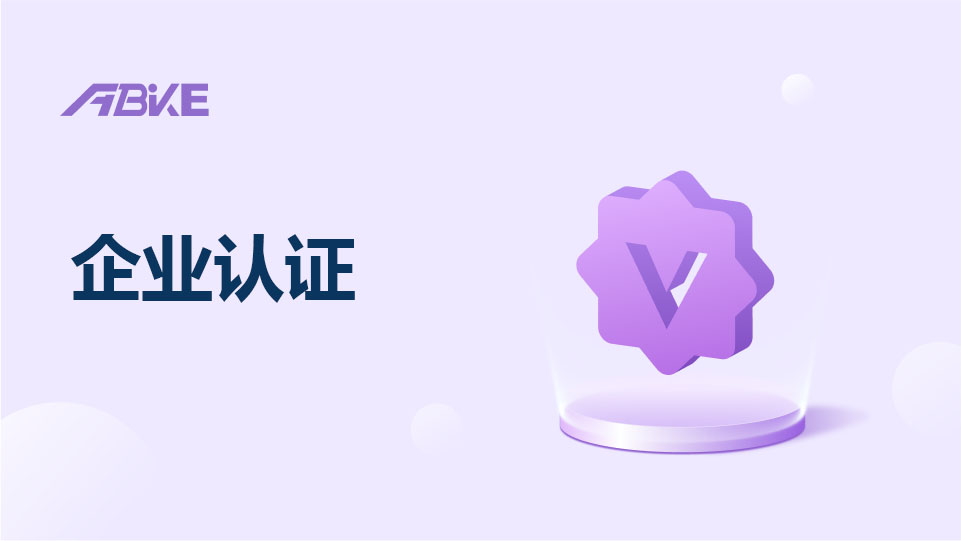
In the highly competitive global B2B market, entering the South Korean market is an attractive opportunity for many foreign trade companies. However, one of the key thresholds they must cross is the South Korean KC Certification. This certification is not only a legal requirement but also a symbol of product quality and safety, which can significantly enhance a product's competitiveness and trustworthiness in the South Korean market. In this article, we will provide a detailed explanation of the entire process of obtaining the KC Certification, including its importance, specific technical requirements, and practical solutions to common problems.
The South Korean KC Certification is a mandatory certification for products sold in South Korea. It covers three core requirements: Safety, Electromagnetic Compatibility (EMC), and Radio Frequency (RF). For B2B foreign trade enterprises, obtaining this certification means that their products meet the safety and quality standards set by South Korea, which can effectively avoid market risks and gain the trust of local customers. According to statistics, products with KC Certification are more likely to enter the South Korean market and achieve higher sales volumes.
Safety certification mainly focuses on ensuring that products do not pose any safety hazards to users during normal use. This includes requirements for electrical safety, mechanical safety, and fire safety. For example, electrical products must meet strict insulation and grounding requirements to prevent electric shocks.
EMC certification is to ensure that products do not generate excessive electromagnetic interference during operation and can operate normally in an electromagnetic environment. For instance, electronic devices should not interfere with the normal operation of other nearby electronic equipment.
RF certification is mainly applicable to products that use radio frequencies, such as wireless communication devices. It requires that the product's radio frequency emissions meet the relevant standards to avoid interference with other radio frequency systems.
The following table summarizes the differences between these three types of certifications:
| Certification Type | Focus | Example Requirements |
|---|---|---|
| Safety | User safety during normal use | Electrical insulation, mechanical protection |
| EMC | Electromagnetic interference | Limit electromagnetic emissions |
| RF | Radio frequency emissions | Conform to RF standards |

Before applying for the KC Certification, enterprises need to collect relevant product information, such as product specifications, user manuals, and circuit diagrams. They also need to select a qualified testing laboratory. It is recommended to choose a laboratory with experience in KC Certification to ensure the accuracy and efficiency of the testing process.
The selected laboratory will conduct a series of tests on the products according to the requirements of Safety, EMC, and RF certifications. The testing process usually takes several weeks to several months, depending on the complexity of the product.
After the product passes the laboratory tests, the enterprise needs to submit the test reports and other relevant documents to the South Korean certification authority. These documents should clearly show that the product meets all the requirements of the KC Certification.
The certification authority will review the submitted documents. If everything is in order, they will issue the KC Certification. The entire review process usually takes about 1 - 2 months.

In the process of obtaining the KC Certification, enterprises often encounter some problems. For example, some products may fail the EMC test due to improper circuit design. In a real - life case, a Chinese electronics company's product failed the EMC test. After analyzing the problem, the company redesigned the circuit layout, added electromagnetic shielding materials, and finally passed the test. Another common problem is the lack of complete documentation. To solve this problem, enterprises should establish a complete document management system to ensure that all required documents are prepared in advance.
To help enterprises more efficiently obtain the KC Certification, we recommend using some practical tools, such as a checklist template and a time - node table. The checklist template can help enterprises ensure that they have prepared all the necessary documents and information, while the time - node table can help them better plan the certification process and avoid delays.
Early planning is crucial for obtaining the KC Certification. Enterprises should start the preparation work as early as possible to ensure that they have enough time to complete all the necessary steps. In addition, building an internal knowledge base can help enterprises accumulate experience in KC Certification, which is beneficial for future product certifications and market expansion.
The requirements of the KC Certification may change over time. Therefore, enterprises need to establish a mechanism for continuously tracking policy updates. They can subscribe to relevant official websites, join industry associations, or consult professional certification agencies to stay informed of the latest policy changes.

In conclusion, obtaining the South Korean KC Certification is a complex but necessary process for B2B foreign trade enterprises. By understanding the specific requirements, following the correct process, and using practical tools, enterprises can efficiently complete the certification and enhance their competitiveness in the South Korean market. 立即获取KC认证材料清单模板 (Get the KC Certification Material Checklist Template Now)
Do you have any similar problems in your industry? You can tell me the specific scenario, and I will send you 3 solution cases from the same industry.
.png?x-oss-process=image/resize,h_100,m_lfit/format,webp)
.png?x-oss-process=image/resize,h_100,m_lfit/format,webp)

.png?x-oss-process=image/resize,h_100,m_lfit/format,webp)
.png?x-oss-process=image/resize,h_100,m_lfit/format,webp)
.png?x-oss-process=image/resize,h_100,m_lfit/format,webp)
.png?x-oss-process=image/resize,h_100,m_lfit/format,webp)
